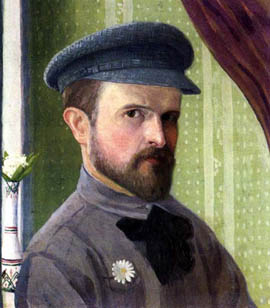
1873 - 1943
Ivan Vasilievich Kliun
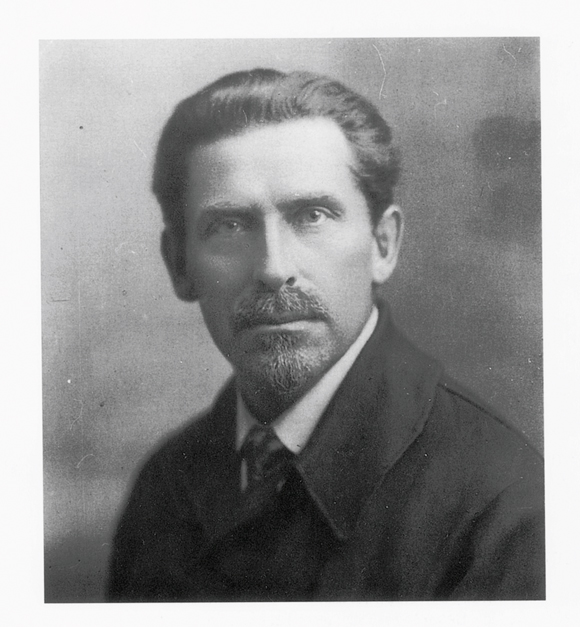
description
Ivan Vasilievich Kliun (born Klyonkov) was a russian avant-garde artist, art theorist, a brilliant representative of several recent art movements, including Suprematism – a special branch of Russian Abstractionism of the first half of the 20th century.
A companion and friend, as well as a follower of K. Malewicz, who remained in his shadow and even was unjustly considered the “avant-garde of the second row”, was one of the most original masters in both Cubo-Futurism and Suprematism. His best works, no doubt related to the geometric abstractions of the author of the Black Square, are freer in painting, rich in the play of light and shadow, whimsical in terms of irrationalism of forms, sometimes brought by the author to a super-impressive minimum.
These qualities attracted connoisseur and collector George Kostaki, thanks to whom the master’s works were preserved and became known later. Traveling to Greece, Kostaki was forced to donate a part of his personal collection to his country; thus, the work of Kliun ended up at the Tretyakov Gallery and other main collections of the USSR.
Ivan Kliun was an active participant in the cultural life of the “futuristic” capitals of Russia, an exhibitor of all significant avant-garde exhibitions, a founding member of the Moscow Salon and Supremus associations, an author of several theoretical treatises, a member of the later group Four Arts.
Key ideas:
– In the years of Klyonkov’s studies, his artistic preferences were traditional. Ivan was very attracted by the art of the Wanderers; he created realistic landscapes, and also worked under the influence of M. Vrubel and V. Borisov-Musatov in the styles of symbolism, partially in the style of art nouveau.
– His close friendship with Malevich led the artist first to Postimpressionism and Cubism, and then to other avant-garde styles: he co-authored the Suprematism Manifesto and followed its principles for several years, although focusing on the search for color solutions. The manifesto of Suprematism, published in the catalog for the opening of the exhibition “0.10” in 1915, proclaimed pure art, which is free from alluvial feelings and has no content, but a flawless form.
– Further work with color, which increasingly attracted the attention of the artist, led to changes in his painting manner – Kliun portrayed geometric simple forms blurred, without outline contours, giving the impression of vibration.
– The new wave of fascination with French art (the second half of 1920s) motivated Ivan to copy different paintings of Picasso, Braque and Gris; though, he was mostly impressed by Purism of Amedee Ozenfant (purus – “pure”) with his quest for aesthetic clarity and accuracy declared in manifesto “After Cubism”. Kliun called this his newest style “constructive realism”.
– The search for solving problems of color caused a departure from Suprematism and a break with the theories and practices of Malewicz, who sharply criticized his friend. Kliun wrote to Kazimierz, “Even if the painting died, pressed by” Black Square”, the paints did not die.” He believed that the new art should be an art of color and that it was time to “get out of the desert of objectlessness”.
1973
1893
1903
1908
1910
1913
1915
1916
1919
1926
1934
1943
The birth of the artist
Entered the Warsaw Drawing School at the Society for the Encouragement of Arts
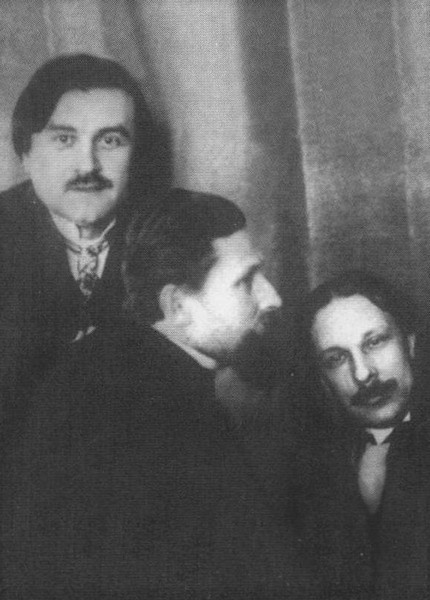
Studied at Moscow studio workshops of I. Mashkov and F. Rerberg

Began to exhibit his works at exhibitions of the Moscow Association of Artists
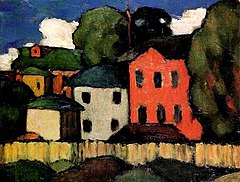
The Moscow Salon
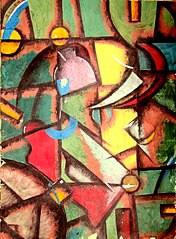
Kliun presented his new paintings at the St. Petersburg exhibition of the "Union of Youth"
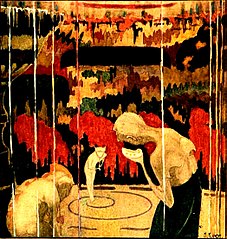
Presented his Cubist paintings "Gramophone", "Ozonizer", "Running Landscape"

He became the organizing member of the Supremus group
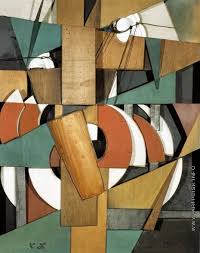
Presented his cycle “The Art of Color”
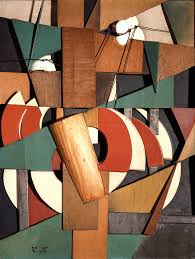
Presented his new figurative paintings
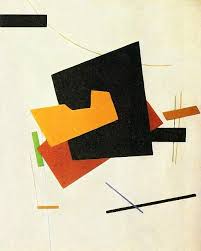
He painted portraits and genre compositions
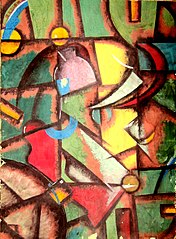
The death of the artist

Ivan Vasilievich Kliun
On Artist
flow
Post-impressionism
Symbolism
Modern
Cubofuturism
Suprematism
Abstractionism
Purism
friends
Kazimir Malevich
Olga Rozanova
artists
Ilya Mashkov
Mikhail Vrubel
Pablo Picasso
Vladimir Tatlin
Ozanfan Amede
Rerberg Fedor Ivanovich
Victor Borisov-Musatov
Nikolai Dmitrievich Milioti
By Artist
flow
Suprematism
Abstract expressionism
friends
Alexandra Exter
artists
Aristarkh Lentulov
Lev Bruni
